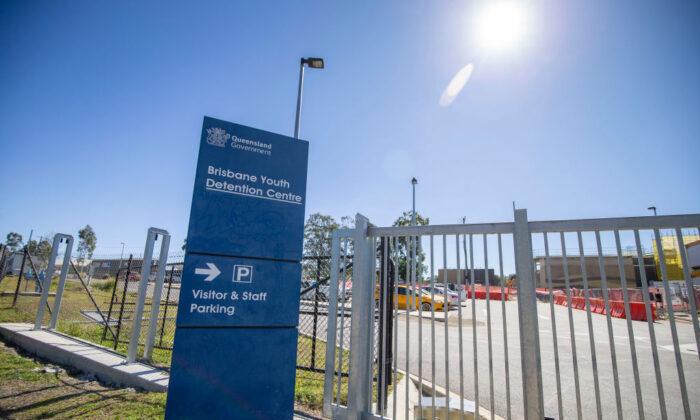Neither the construction union nor elevated interest rates are to blame for putting the squeeze on would-be home buyers and renters, the Reserve Bank says.
Defending the decision to keep Australia’s key rate at its post-pandemic peak, Reserve Bank of Australia (RBA) governor Michele Bullock on Aug. 16 delivered a tough message to those expecting relief.
With financial markets betting on a rate cut before the end of the year, she warned households, businesses, and market pundits it was “premature” to be thinking about rate cuts.
Inflation “remains too high”, she said, while admitting the official cash rate was a “very blunt instrument” for recalibrating the economy.
“But it’s the only tool we have ... the alternative of higher inflation for longer is much worse,” she told federal parliament’s house economics committee.
“High inflation hurts everyone, it reduces what people can buy with their wages, it erodes the value of savings and it disproportionately hurts those on low or fixed incomes.”
Quizzed by Liberal MP Keith Wolahan on claims housing has become unaffordable because Construction, Forestry and Maritime Employees Union (CFMEU) “conditions” had inflated the cost of large-scale and residential construction, Bullock said she could only tell him “the facts.”
“The fundamental problem is the lack of supply in the housing market,” she said, with landlords able to raise rents because there was demand for their properties.
Bullock said price rises for groceries and other consumer goods might have eased but housing construction costs were still growing by five percent a year, which made residential construction an area of prime concern for the central bank.
Chief economist and assistant governor Sarah Hunter said building costs were the main issue for developers and the bank was concerned the housing shortage could become entrenched.
“It’s unlikely to resolve itself in the near term,” Hunter said.
Bullock said financial market volatility could affect economic conditions but the “short-term bout” in recent weeks did not influence the board’s most recent decision.
“A risk that’s very pertinent for us is China ... developments in China can have big impacts on how trade develops and therefore on our growth,” she said.
“The Chinese economy is still performing okay, it’s meeting their target of around five percent growth, but they still have a very big drag from the problems in their real estate sector.”
The Reserve Bank board opted to keep the cash rate unchanged at 4.35 percent when it met in August and warned inflation was still too high to warrant rate cuts any time soon.
The central bank continues to make its decisions with a target of two-to-three percent inflation in mind, despite international uncertainty and domestic cost of living pressures.
“Ultimately, our full employment goal is not served by letting inflation stay above the target indefinitely, so the board will remain focused on the potential upside risks to inflation,” Bullock said.
But she said the central bank needed to remain “humble” in its forecasts, be driven by data and adjust its assessment as necessary.
“We need to be willing to learn from our errors,” she said, as the RBA beds down recent reforms and cultural change.







